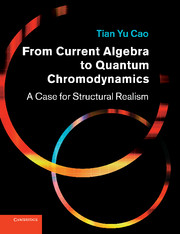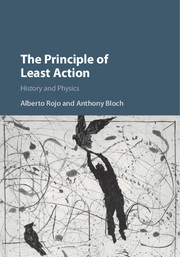Atoms, Metaphors and Paradoxes
This book reexamines the birth of quantum mechanics, in particular examining the development of crucial and original insights of Bohr. In particular, it gives a detailed study of the development and the interpretation given to Bohr's Principle of Correspondence. It also describes the role that this principle played in guiding Bohr's research over the critical period from 1920 to 1927.
- History of quantum mechanics, which always sells well
Reviews & endorsements
"The essays...are well written and well translated. Each has extensive endnotes and biliographic references. ...the book will be useful for advanced undergraduates doing research in this field. Libraries with extensive collections in the history and philosophy of science should seriously consider this work." Choice
"...the text is enlightening on several points, and offers some original analysis." Dennie Dieks, Mathematical Reviews
"...provides a clear insight for physicists and historians of science into how the established wisdom about the quantum world came about...Fascinating stuff..." John Gribbin, New Scientist
"...well written and well translated...very useful name index and general index... will be useful for advanced undergraduates doing research in this field. Libraries with extensive collections in the history and philosophy of science should seriously consider this work." H.E. Wylen
"...the best overall treatment of the background to the doctrine of complementarity." Edward McKinnon, Isis
Product details
January 1994Hardback
9780521402590
252 pages
236 × 158 × 23 mm
0.513kg
Available
Table of Contents
- Introduction
- 1. The paradigm of complementarity
- 2. Atomic model and quantum hypotheses
- 3. The principle of correspondence
- 4. The theory of virtual oscillators
- 5. The conceptual foundation of quantum mechanics
- 6. The Bohr–Einstein confrontation: phenomena and physical reality
- General bibliography
- Name index
- General index.






